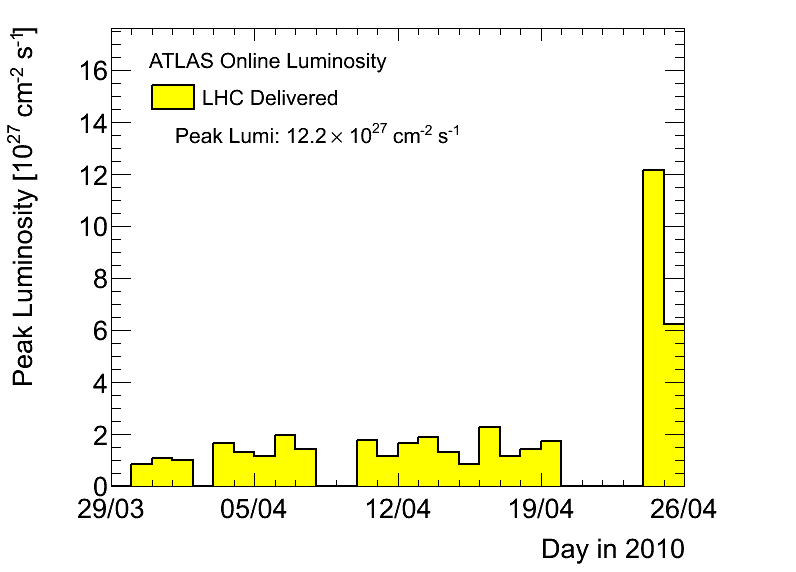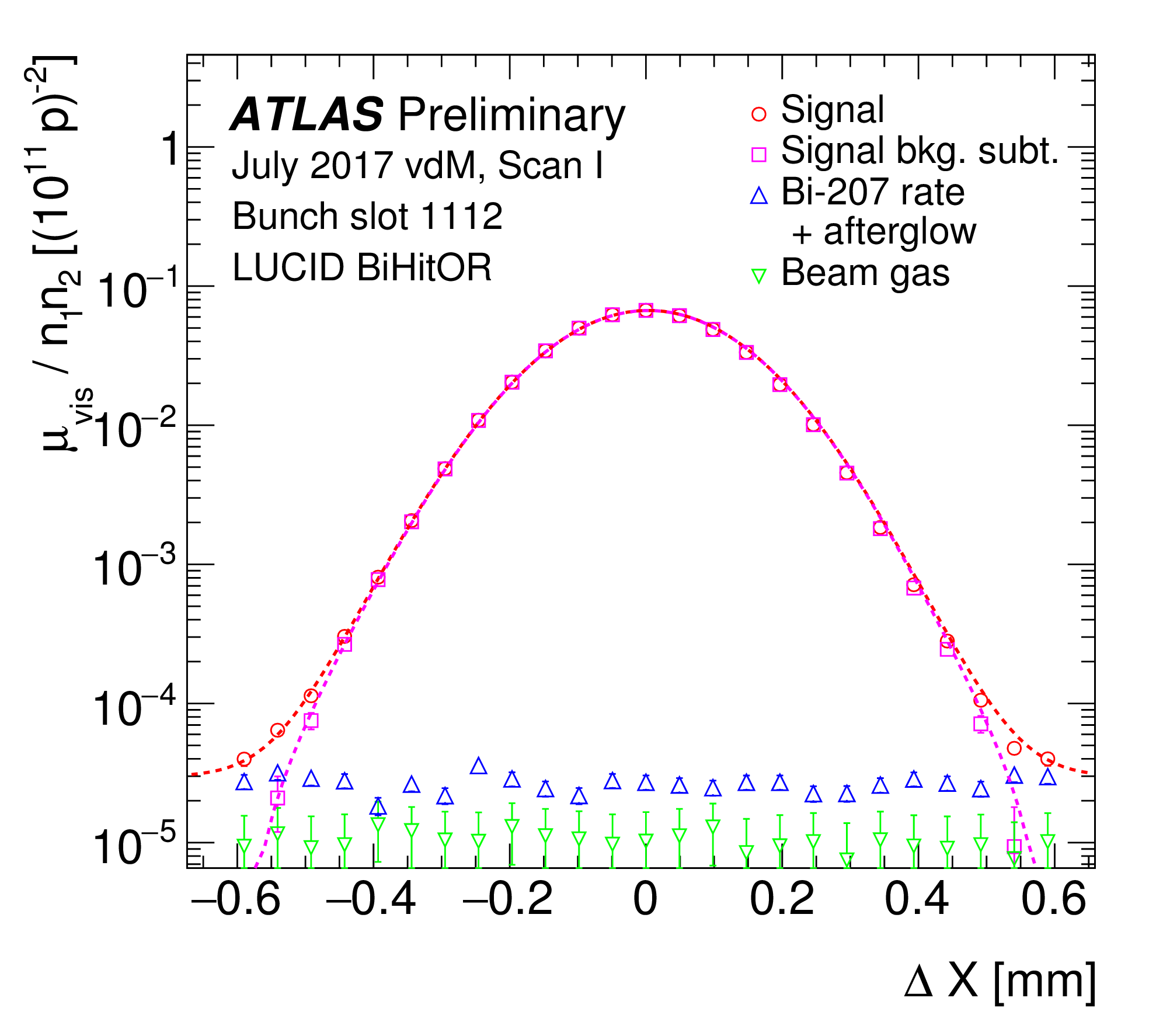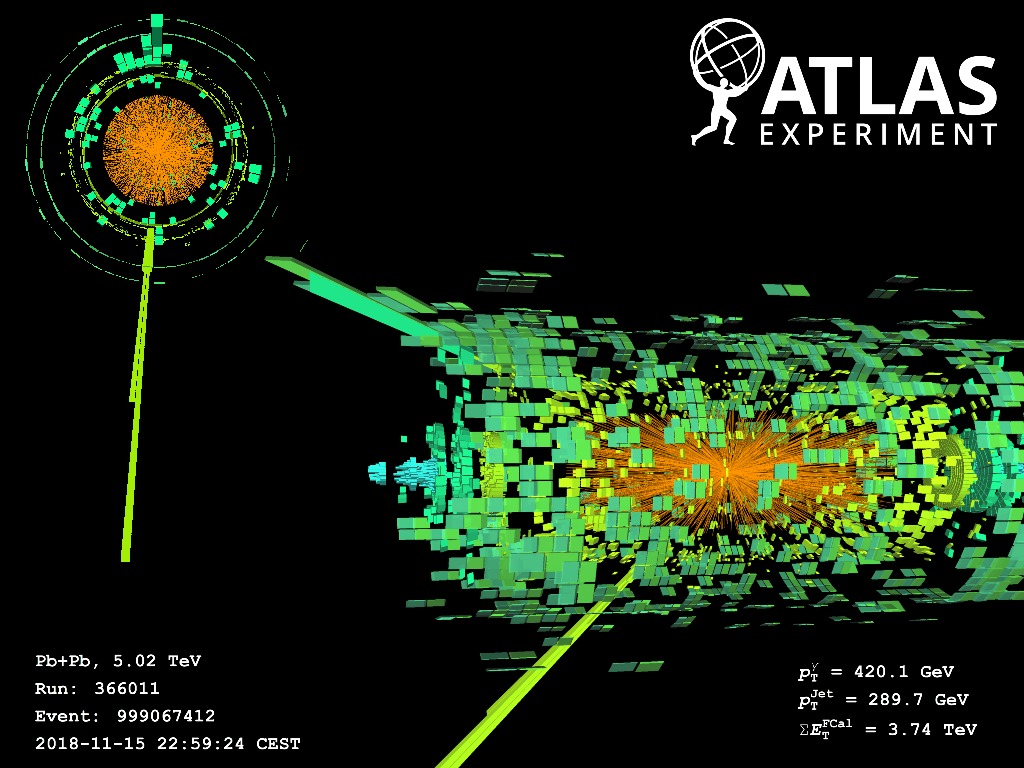Putting the Squeeze on the Protons
26 April 2010 | By
It took a little bit of time, but the wait was worth it. The LHC has successfully achieved its first physics run with "squeezed beams"! An LHC proton beam consists of packets of protons regularly spaced along the accelerator's ring. Each packet of protons is referred to as a bunch. When a bunch from beam 1 cross a bunch from beam 2, then collisions are possible. Each packet can contain as much as 1010 protons (or more). That's 10 billion protons. In that one bunch the density of the protons can be relatively low. So when a bunch from beam 1 passes a bunch from beam 2 there may not be that many collisions, or not any at all! Its kind of like a marching band performing during half time. You see one group of the marching band marching in one direction and another group marching in another direction and it likes the two groups will collide but they are spaced out enough such that no one runs into each other. So to increase the likelihood of getting a collision, the LHC squeezes the bunches. This makes the proton density greater. So instead of well spaced marching band members it is more like getting from one class to another during passing time at a crowded high school. The likelihood of running into someone is high.
The current LHC proton store that is colliding now with squeezed beams has been colliding now for more than 24 hours! This single store has single handedly doubled the integrated luminosity for ATLAS! The instantaneous luminosity has increased by a factor of 10! This is basically having all of our data set from the previous month delivered in one day!

Now next week the LHC will have a planned technical stop to do some minor maintenance and tweak some things. They also plan to do some finishing touches on the machine that will allow them to increase the amount of protons they can put in the machine. So we expect in a matter of a few weeks we'll have more factors of ten increases and more doubling of data sets!




